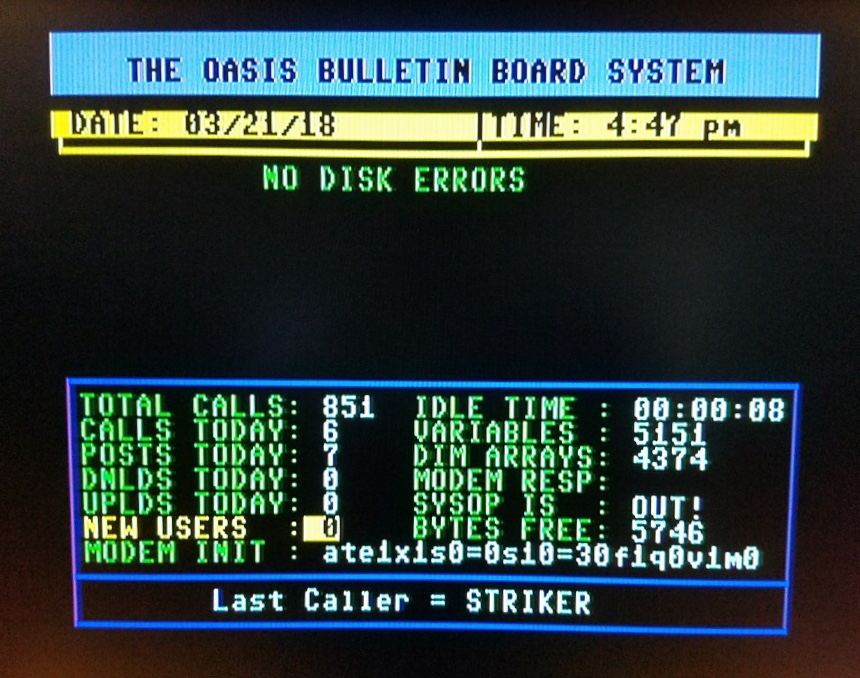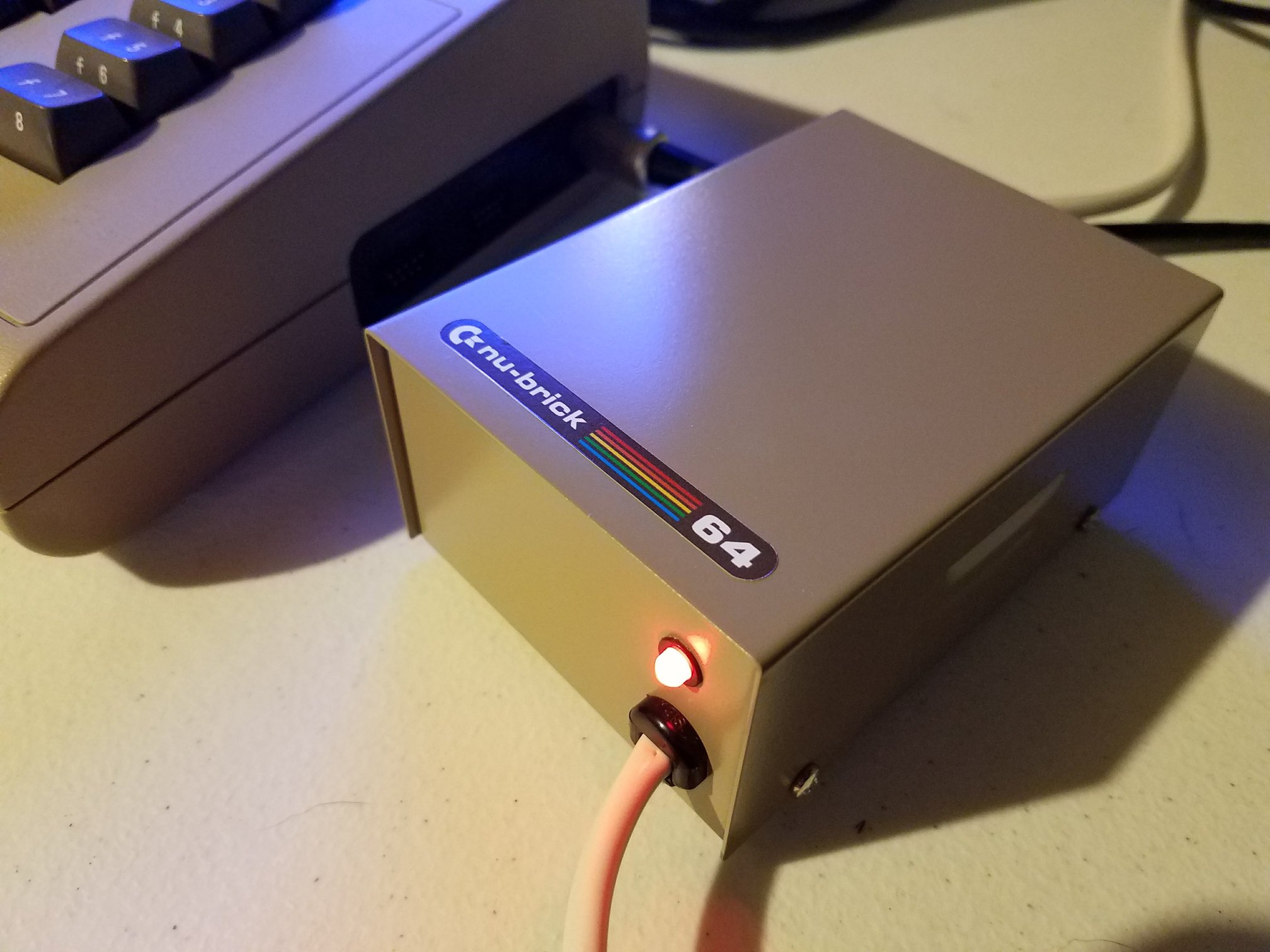Piers Rocks delivers a detailed update on One ROM updates, the flexible and evolving ROM replacement solution for retro systems. The video walks through hardware experiments, new management tools, and firmware improvements that make One ROM even more adaptable across platforms.
The presentation begins with a look at an RP2350 assembly failure that shed light on fabrication inconsistencies during board production. Piers compares the Raspberry Pi RP2350 to the STM32 microcontroller, explaining why both have unique strengths. He demonstrates how certain soldering issues occur and how rotation during assembly might improve results—a valuable insight for anyone experimenting with hardware builds.
Next, he introduces new One ROM models. The STM32 versions are now called “ICE,” while the RP2350 line is branded “Fire.” ICE boards are built for long-term stability, while Fire boards target users who want more advanced functionality. Both lines will feature USB and “Pro” versions, allowing programming through either a simple USB connection or advanced serial debugging. These combinations provide new flexibility for developers and retro system enthusiasts.
A major section covers the 28-pin One ROM prototype, expanding compatibility to larger 16 KB, 32 KB, and 64 KB ROMs. Piers discusses addressing challenges and microcontroller port configurations in detail, outlining firmware adjustments needed for full support. The technical deep dive showcases how One ROM updates continue refining speed and accuracy at the assembly level.
The video also unveils two new management tools: One ROM Web and One ROM Studio. The web app allows USB programming directly from a browser, even on mobile devices, while the desktop version supports both ICE and Fire models on Windows, macOS, and Linux. These utilities streamline firmware creation, flashing, and analysis, all with impressive ease.
Finally, Piers introduces “limp mode,” a safety feature preventing firmware mismatches and allowing devices to recover automatically. It’s a small addition that greatly improves reliability for anyone flashing new ROMs.
This update-filled video highlights how One ROM updates are shaping the most adaptable ROM replacement system in retro computing today.







